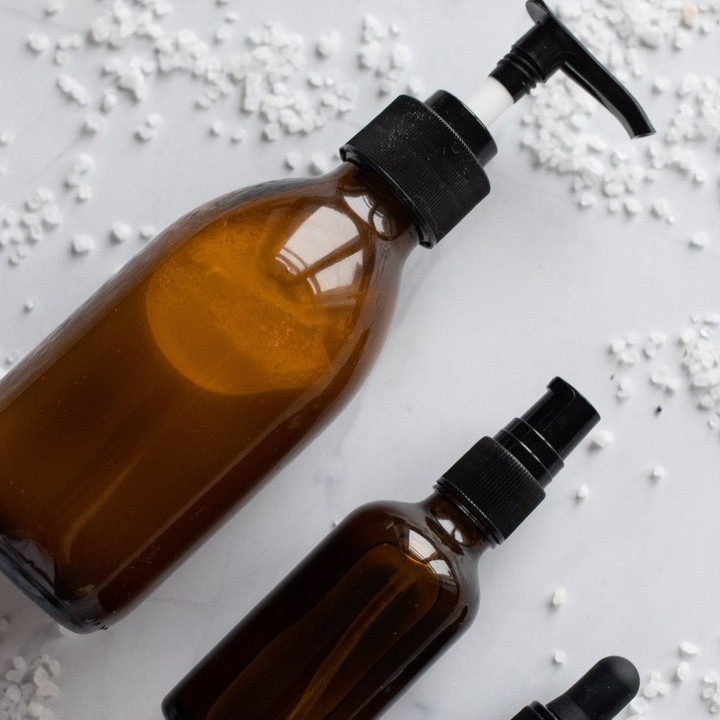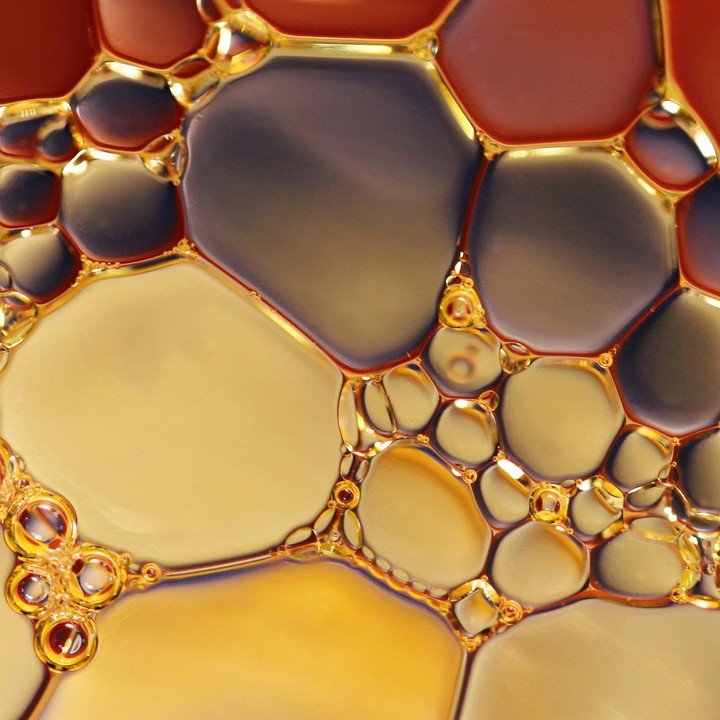
Acne Scars: Types of Acne Scars
Acne Scars: Types of Acne Scars
Acne scars, the lingering aftermath of persistent acne breakouts, can have a profound impact on an individual's self-esteem and overall well-being. While acne itself is a common skin condition, the scars it leaves behind can be a lasting reminder. In this article, we will delve into the various types of acne scars, explore the factors that contribute to their formation, and discuss effective treatments to minimize their appearance.
Types of Acne Scars
Acne scars come in different forms, each presenting unique challenges for treatment. Understanding the specific type of scar is crucial for implementing an effective skincare routine or seeking professional intervention. The two main categories of acne scars are:
Atrophic Scars:
- Ice Pick Scars: Characterized by narrow, deep pits resembling the marks left by an ice pick. These scars often extend into the deeper layers of the skin.
- Boxcar Scars: Indented scars with well-defined edges, similar to the scars left by chickenpox. They can be shallow or deep, contributing to an uneven skin texture.
- Rolling Scars: Wavelike depressions on the skin's surface, creating a rolling or undulating appearance.
Hypertrophic or Keloid Scars:
- Hypertrophic Scars: Raised and firm scars that result from excess collagen production during the healing process. They typically stay within the boundaries of the original acne lesion.
- Keloid Scars: Similar to hypertrophic scars but extend beyond the initial wound site, forming a raised, often larger-than-the-original scar.
In this article we will discuss the main categories of acne scars:
1. Atrophic Acne Scars
Atrophic acne scars are characterized by depressions or indentations in the skin's surface. These scars result from the loss of tissue, collagen, and elastin during the inflammatory acne healing process.
a. Ice Pick Scars
Description: Ice pick scars are deep, narrow, and extend into the skin like small puncture marks, resembling the aftermath of an ice pick being pressed into the skin.
Formation: These scars often result from deep, inflammatory acne lesions, and their formation is attributed to the destruction of collagen and elastin.
Treatment: Ice pick scars can be challenging to treat. Procedures such as punch excision, laser therapy, and microneedling are commonly employed to improve their appearance.
b. Boxcar Scars
Description: Boxcar scars are wider, box-shaped indentations with well-defined edges. They can vary in depth, contributing to an uneven skin texture.
Formation: These scars result from the loss of collagen and tissue, typically following inflammatory acne. The skin's attempt to heal results in a depression with distinct borders.
Treatment: Boxcar scars respond well to procedures such as laser resurfacing, chemical peels, and dermal fillers, which help smoothen the skin surface.
c. Rolling Scars
Description: Rolling scars create a wave-like appearance on the skin, with a gentle slope and no well-defined borders. They are often the result of tethering of the skin to deeper structures.
Formation: Inflammatory acne causes damage to the underlying structures that anchor the skin, leading to a rolling or undulating texture.
Treatment: Subcision, a procedure that releases tethered skin, combined with treatments like microneedling or laser therapy, can be effective in improving rolling scars.
2. Hypertrophic and Keloid Acne Scars
Unlike atrophic scars, hypertrophic and keloid scars involve an excess of collagen during the healing process, leading to raised or elevated scars.
a. Hypertrophic Scars
Description: Hypertrophic scars are raised, firm, and typically remain within the boundaries of the original acne lesion. They may present as red or pink in color.
Formation: Excessive collagen production during the healing process results in a raised scar. Hypertrophic scars are more common in individuals with a genetic predisposition.
Treatment: Corticosteroid injections, laser therapy, and silicone gel sheets are among the treatments used to flatten hypertrophic scars.
b. Keloid Scars
Description: Keloid scars extend beyond the boundaries of the original acne lesion, forming large, raised masses of tissue. They can be itchy, painful, and are often more common in individuals with darker skin tones.
Formation: Keloids result from an overproduction of collagen that extends beyond the original wound. Genetic factors play a significant role in keloid formation.
Treatment: Treatment options for keloids include corticosteroid injections, laser therapy, and surgical removal. However, keloids have a tendency to recur.
3. Post-Inflammatory Hyperpigmentation (PIH)
Post-inflammatory hyperpigmentation is not a true scar but rather a discoloration of the skin that occurs as a result of inflammation. It is more common in individuals with darker skin tones.
Description: PIH appears as flat, dark patches on the skin and can persist long after the acne lesion has healed.
Formation: Inflammation triggers an increase in melanin production, leading to the dark discoloration seen in PIH.
Treatment: Topical treatments such as retinoids, vitamin C serums, and chemical peels can help fade hyperpigmentation. Sunscreen is crucial to prevent further darkening. You can choose CeraVe Renewing Vitamin C Serum | 30 ml
Factors Contributing to Acne Scars
Several factors influence the likelihood and severity of acne scarring. Understanding these factors can help individuals take preventive measures and choose appropriate treatments:
- Inflammation: Acne that is inflamed and deep in the skin is more likely to cause scarring. Picking or squeezing acne lesions can exacerbate inflammation and increase the risk of scarring.
- Genetics: Genetic factors can play a role in an individual's predisposition to scarring. Some people may naturally produce more collagen, affecting how their skin heals.
- Delayed or Inadequate Treatment: Failing to treat acne promptly or using inappropriate skincare products can contribute to the development of scars. Early intervention with effective acne treatments is crucial.
- Skin Type: Individuals with darker skin tones may be more prone to certain types of scarring, such as post-inflammatory hyperpigmentation. This can make scars more noticeable.
Prevention of Acne Scars
Preventing acne scars starts with effective acne management. Here are key strategies to minimize the risk of scarring:
1. Early and Effective Acne Treatment:
Early intervention is crucial in preventing the development of severe acne and subsequent scarring. Consult with a dermatologist to determine the most appropriate treatment plan based on the type and severity of your acne. Topical treatments, oral medications, and professional interventions can help control acne and minimize the potential for scarring.
2. Hands Off Approach:
Avoid picking, squeezing, or popping acne lesions. Picking at acne exacerbates inflammation, damages the skin's protective barrier, and increases the risk of scarring. Let acne lesions heal naturally, and resist the urge to touch or manipulate them.
3. Gentle Skincare Routine:
Use a gentle and non-abrasive skincare routine that promotes overall skin health. Harsh cleansers or aggressive exfoliants can irritate the skin and contribute to scarring. Opt for mild, fragrance-free cleansers, and incorporate non-comedogenic products to avoid clogging pores.
4. Sun Protection:
Protecting the skin from harmful UV rays is essential in preventing post-inflammatory hyperpigmentation, which can make acne scars more noticeable. Always use a broad-spectrum sunscreen with at least SPF 30, and reapply it every two hours, especially when spending extended periods in the sun. You can choose Cerave Hydrating Mineral Sunscreen SPF 50 Face Lotion| 75 ml
5. Avoiding Harsh Ingredients:
Certain skincare ingredients, such as benzoyl peroxide and salicylic acid, can be effective in treating acne but may cause irritation if overused. Follow product instructions carefully, and if you experience excessive dryness or irritation, consult with a dermatologist to adjust your skincare routine.
6. Hydration and Healthy Diet:
Maintain skin hydration by drinking an adequate amount of water daily. A well-balanced diet rich in fruits, vegetables, and antioxidants supports overall skin health. Nutrients like vitamin E, vitamin C, and zinc contribute to skin repair and regeneration.
7. Avoid Smoking:
Smoking has been linked to impaired wound healing and increased inflammation, which can contribute to the development of scars. Quitting smoking not only benefits overall health but also supports the skin's natural healing processes.
8. Manage Stress:
Chronic stress can exacerbate acne and hinder the skin's ability to heal. Incorporate stress management techniques such as meditation, yoga, or deep breathing exercises into your daily routine to promote both mental and skin health.
9. Regular Dermatologist Checkups:
Regular visits to a dermatologist allow for proactive monitoring of your skin health. Dermatologists can provide personalized advice, recommend suitable skincare products, and offer professional treatments if necessary.
10. Post-Acne Care:
Once an acne lesion has healed, continue to care for the skin to prevent residual redness or discoloration. Incorporate products containing ingredients like vitamin C or niacinamide to promote an even skin tone and support the fading of post-inflammatory hyperpigmentation.
Acne scars are a common concern, but with advancements in skincare and dermatology, there are various effective treatments available. The key is to tailor the approach to the specific type of scars and individual skin characteristics. Whether opting for professional treatments, incorporating topical products, or trying home remedies, consistency and patience are essential. By addressing acne scars holistically, individuals can regain confidence in their skin and embrace a healthier, more radiant complexion. If the scars are causing significant emotional distress, consulting with a dermatologist or skincare professional can provide personalized guidance and treatment options tailored to individual needs.
 العربية
العربية





